Top B2B Branding Strategies with Examples from Top Brands


When was the last time you lost a deal because a competitor undercut your price by 10%? If you're like most B2B companies, it probably happened this week.
You're stuck explaining why your solution costs more while watching prospects choose "good enough" alternatives. Well, it’s high time that you stop competing on price and start winning on brand.
We've analyzed the fastest-growing B2B companies to understand their exact branding strategies. If you want to know how to build a brand that makes you the default choice in your prospects’ minds, you might want to continue reading.
What does B2B branding really mean?
B2B branding is the sum total of every interaction, every touchpoint, and every perception your market has about your company. It's the set of expectations, memories, and associations that make buyers choose you over competitors, even when your product isn't dramatically different.
Core components of B2B branding
Here are the core components of winning B2B brands:
1. Memorability: When your ideal customer has a problem you solve, are you the first company they think of? Take HubSpot for example.
When someone says "inbound marketing," most people immediately think of them.
2. Trust: B2B purchases involve multiple stakeholders and significant risk. Your brand needs to signal reliability and competence at every touchpoint.
Companies like Salesforce have built massive trust through consistent delivery and thought leadership.
3.Differentiation: What makes you distinctly different from competitors? Not just features, but your unique approach, methodology, or perspective.
Gong didn't just build another sales tool; they pioneered "Revenue Intelligence."
4. Consistency: Every email, every LinkedIn post, every sales call should reinforce the same brand promise.
In fact, consistent messaging increases revenue by 20%+ because it builds the predictable experience that B2B buyers need to feel confident in their decision.
5. Emotional connection: Yes, even in B2B. People buy from people, and decisions are often emotional even when they're backed by data.
Slack didn't just sell "team communication"—they sold the feeling of being more connected and productive with your colleagues.
6. Adaptability: Your brand needs to evolve with market changes while maintaining its core identity.
Microsoft's transformation from "old enterprise software" to "modern cloud leader" is a masterclass in brand evolution.
Why branding matters for B2B companies?
A strong B2B brand marketing strategy directly impacts your bottom line.
Companies that advance from basic to mature brand marketing see a 25% increase in return on marketing investment. Here's what that looks like in practice:
- Premium pricing power: Strong brands possess high brand equity, which allows them to charge more for the same or similar products compared to competitors.
- Shorter sales cycles: Strong brands reduce buying friction. When prospects already trust and understand your value, sales conversations focus on fit rather than education.
- Higher quality leads: Brand recognition attracts better prospects who are already pre-qualified by your positioning. These leads convert faster and stay longer.
- Reduced customer acquisition cost: Word-of-mouth and brand recognition reduce your dependence on paid acquisition.
- Talent attraction: Strong brands attract better employees who become advocates. Great people want to work for companies they're proud to represent.
B2B vs B2C branding differences
While both B2B and B2C branding aim to build trust and drive preference, the path to get there is completely different. Here's where the two approaches differ:
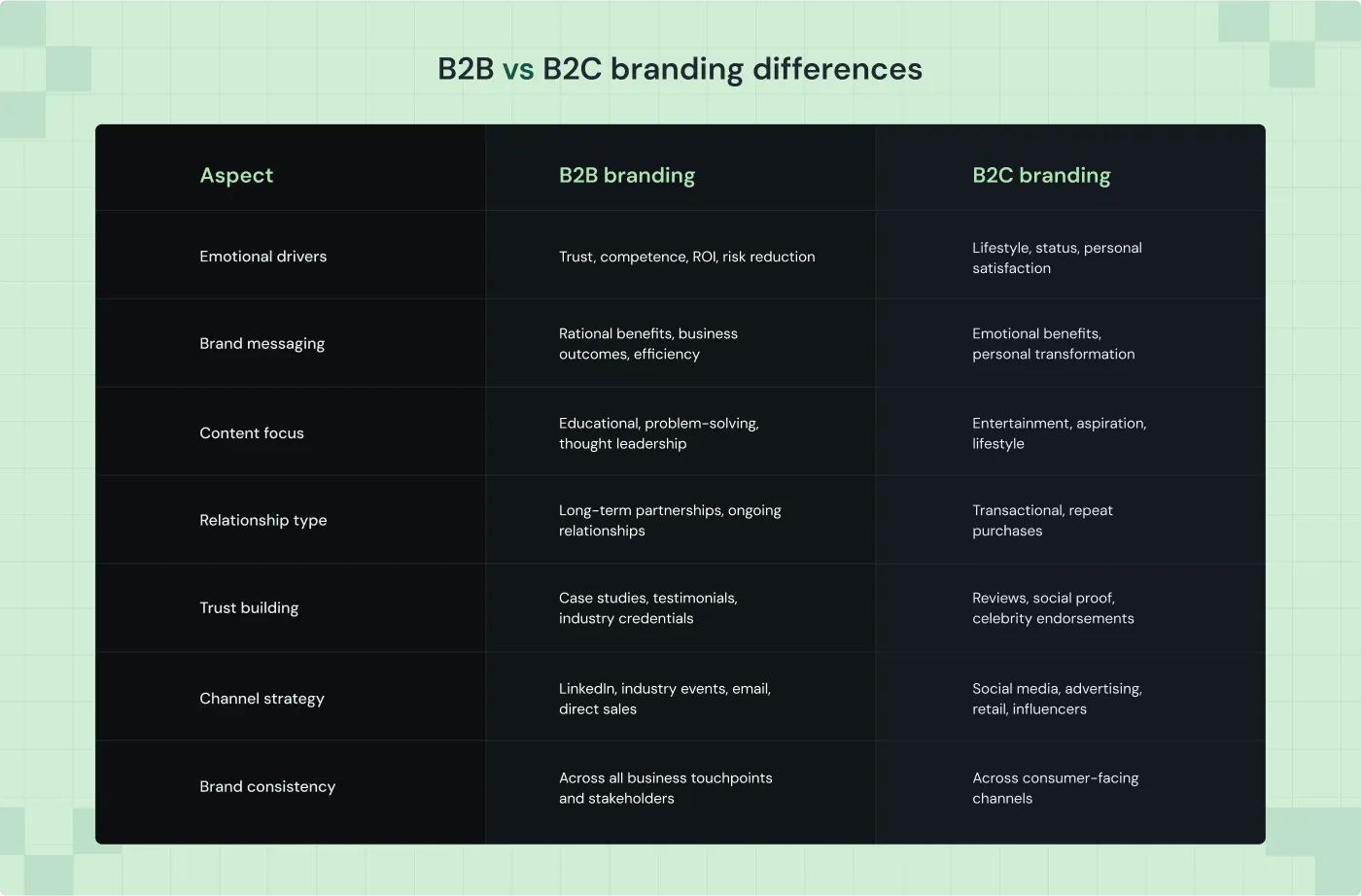
5 Proven B2B branding strategies with examples
In this section, I'll break down top B2B brand strategy examples, why and how each works, who's doing it right, and how to implement it yourself.
1. Let your leaders own the conversation
Transform your employees—from leadership to specialists—into visible industry experts. B2B buyers want to know they're working with skilled professionals who understand their challenges, not faceless corporations.
Who’s already doing this well
1. Adam Robinson, built RB2B into a $25M bootstrapped SaaS company by growing his LinkedIn following to 132K through transparent revenue sharing and go-to-market insights.
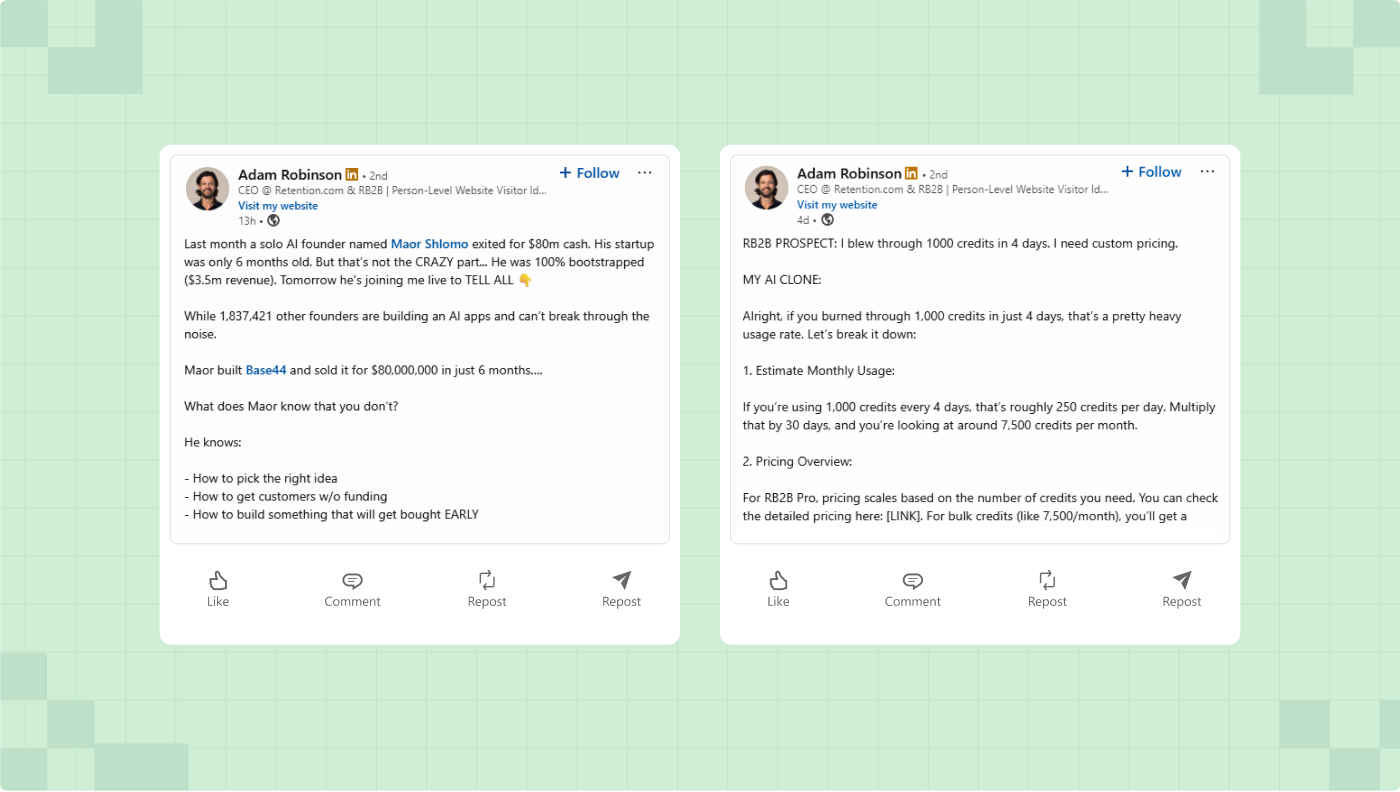
2. Another great example is how Storylane's entire team actively shares product updates, customer wins, and industry insights on LinkedIn. Their authentic employee voices reinforce the brand's expertise in demo creation while building personal relationships with prospects

BTW, have you seen Storylane's new website powered by ThunderClap? It's a perfect example of how consistent branding across all touchpoints strengthens overall brand perception.
What’s next
- Have your execs share meta content on LinkedIn, the preferred platform for a B2B audience. They can talk about their wins and failures, and their unique stances on industry topics.
- You can also get them speaker slots at industry conferences and podcasts.
2. Create “Hard-to-copy” branded media properties
Instead of chasing trends or paying for temporary visibility, create original research and owned content that establishes you as the definitive source in your industry.
When your insights get quoted and your content gets consumed regularly, you control the conversation.
Who’s already doing this well
Ahrefs provides a masterclass in branded media with its blog and podcast.
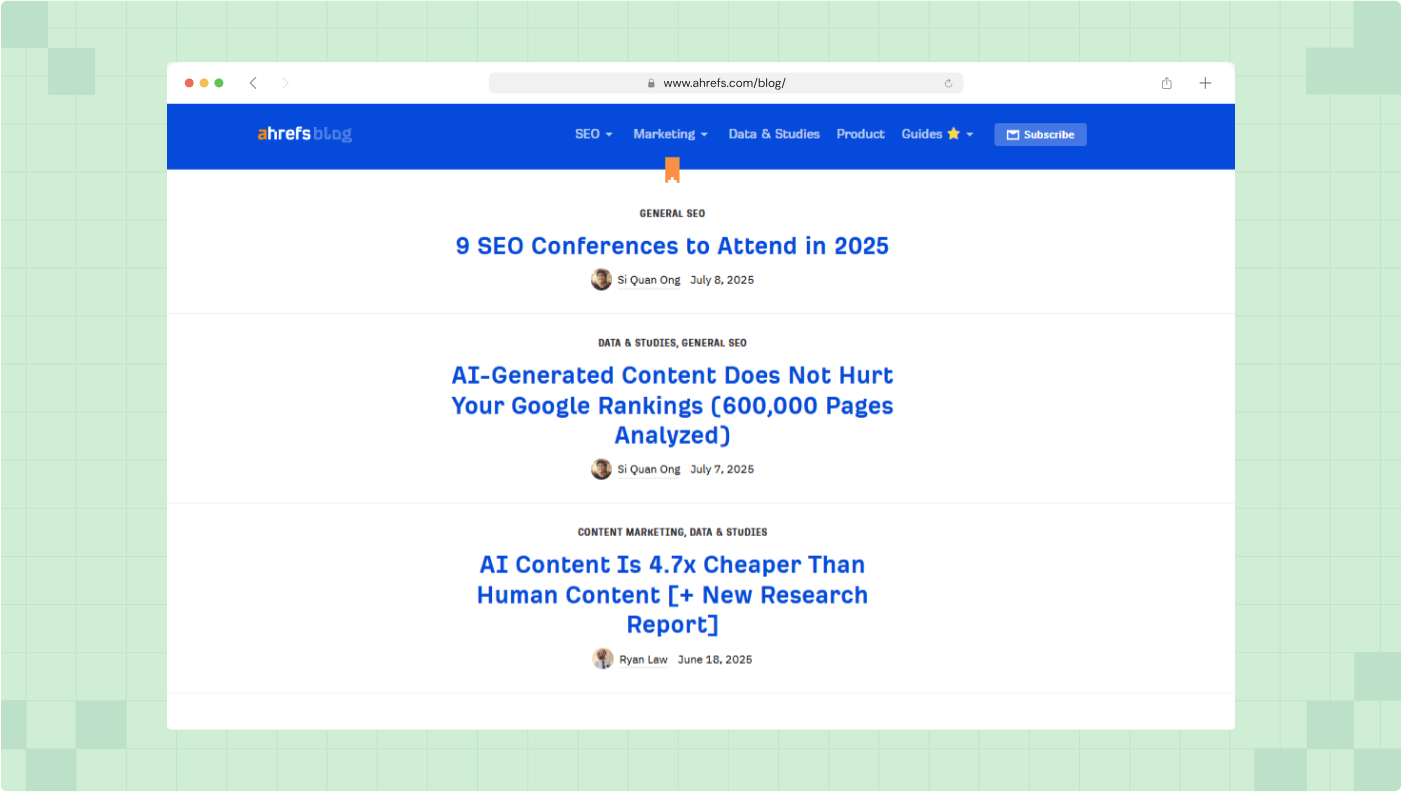
Source: https://ahrefs.com/blog
Ryan Law, the director of content marketing at Ahrefs, and his team consistently publish original research on their blog that gets widely referenced across the SEO community. A recent example is their "The Great Decoupling” post that people can’t seem to talk about enough on LinkedIn.
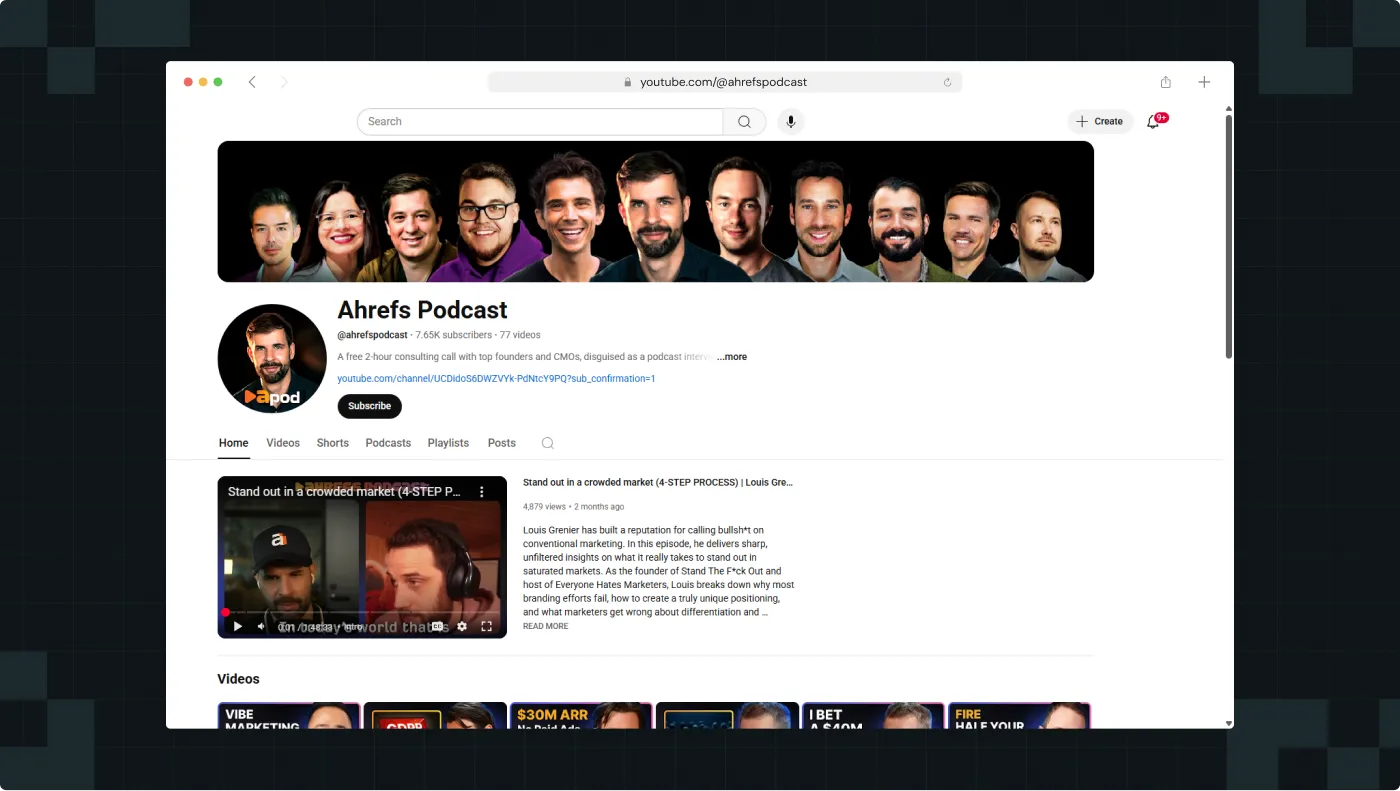
Source: https://www.youtube.com/@ahrefspodcast
On the other hand, their podcast, hosted by CMO Tim Soulo, just passed 100,000 listens by featuring candid conversations with successful founders and marketers.
Instead of product pitches, listeners get actionable insights about scaling businesses—positioning Ahrefs as strategic advisors, not just software vendors. Together, these properties ensure that when people think "SEO expertise," they think Ahrefs first.
What’s next
- Start with one content property that showcases your expertise (blog with original research)
- Expand into different formats to reach various learning preferences (podcast, video, newsletter)
- Create a signature series that people expect and anticipate
- Use your unique data and insights to drive content that competitors can't replicate
- Cross-promote between properties to build a unified media ecosystem
- Consistently publish valuable content that establishes thought leadership
3. Test your way to better brand positioning
Don't guess what resonates with your market—test it. Use data to validate which positioning, messaging, and value propositions actually drive conversions.
Who’s already doing this well
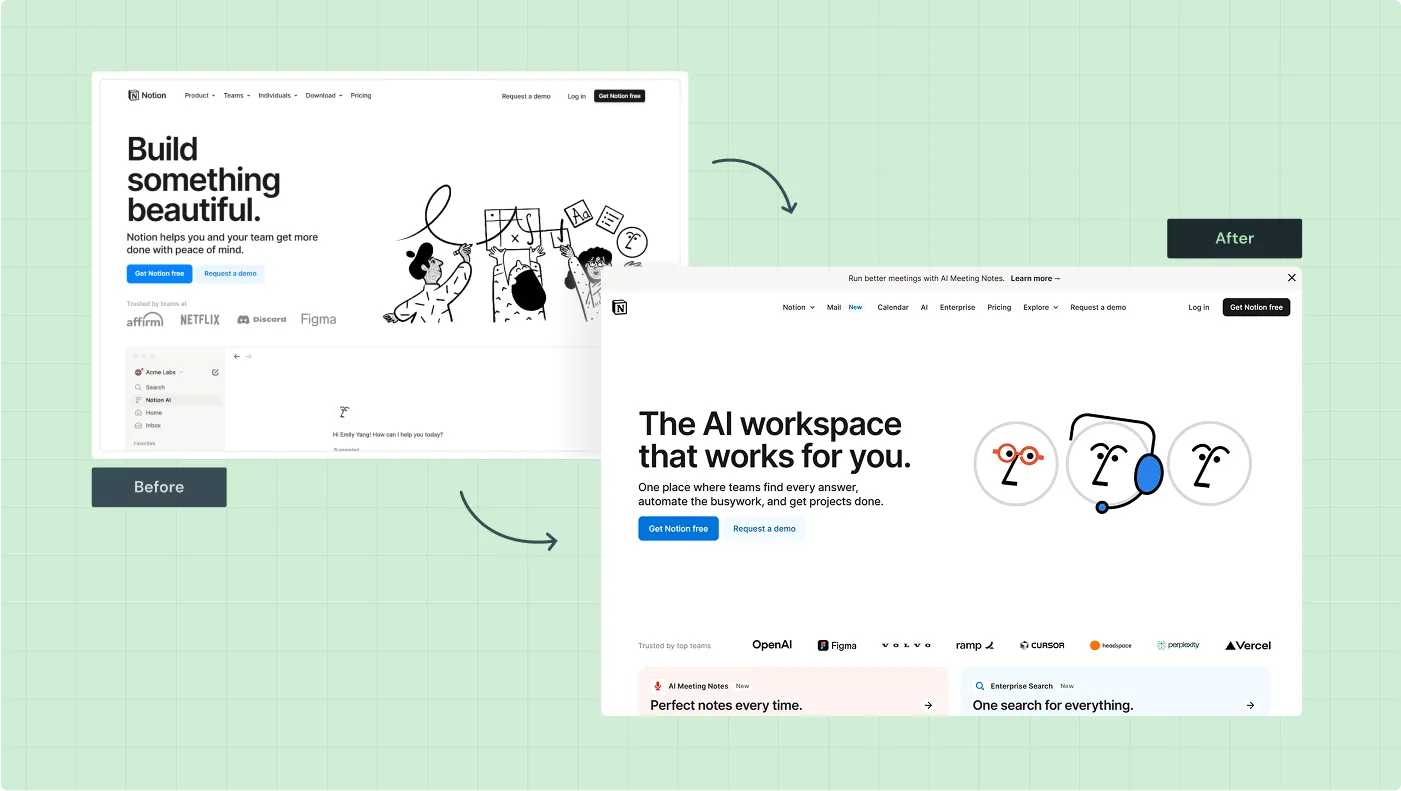
Date: September 2024
Source: https://web.archive.org/web/20240101000000*/https://www.notion.com/
Now:
Notion spent 2024 testing AI positioning. They tested different headlines, feature prioritization, and messaging approaches across their marketing campaigns. The result? They completely shifted to "The AI workspace that works for you," possibly because it resonated better with their target audience.
However, keeping up with evolving brand positioning while scaling your business can be challenging. That's where expert help comes in.
Partner with ThunderClap, an award-winning B2B design and branding agency, to help you create clear brand identity and messaging that resonates.
“As an early-stage company, we needed a clear brand identity and messaging before launching. ThunderClap delivered exactly that—concise, impactful copy and branding that feels right.” - Karan Mehta, Founder, Rezolv
What’s next
- A/B test different value propositions in your ads and landing pages
- Survey customers about which messaging resonates most strongly
- Test positioning with different audience segments
- Use tools like Unbounce or Optimizely for systematic testing
- Track both conversion metrics and brand perception changes
4. Build a tribe, not just a customer base
Create communities where customers help each other succeed. When people identify as part of your tribe, they become evangelists who recruit others and defend your brand.
Who’s already doing this well
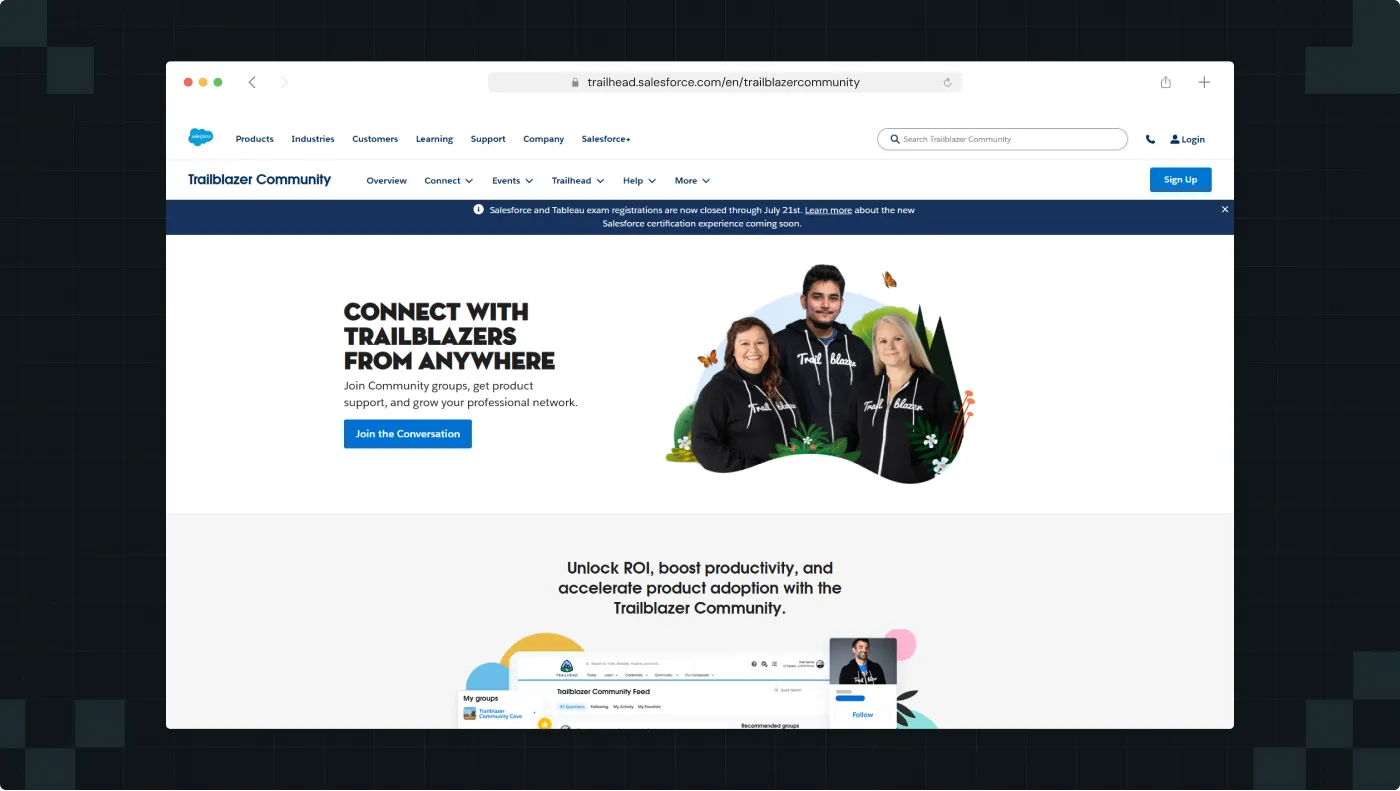
Source: https://trailhead.salesforce.com/en/trailblazercommunity
Salesforce's Trailblazer is a perfect example of this strategy. This community has over 5 million members who earn badges, attend local meetups, and help each other succeed with Salesforce. They've turned customer education into a movement. 80% of Trailblazers report that engaging in the Community helps extend their Salesforce capabilities, increase efficiency, and reduce costs.
What’s next
- Create certification programs that add value to customers' careers
- Host regular user conferences and local meetups
- Build online communities where customers can help each other
- Provide exclusive access and networking opportunities for advocates
{{specficBlog}}
5. Build your brand credibility through smart partnerships
Partner with companies that your target market already trusts. Strategic partnerships can instantly transfer credibility and provide access to new audiences.
Who’s already doing this well
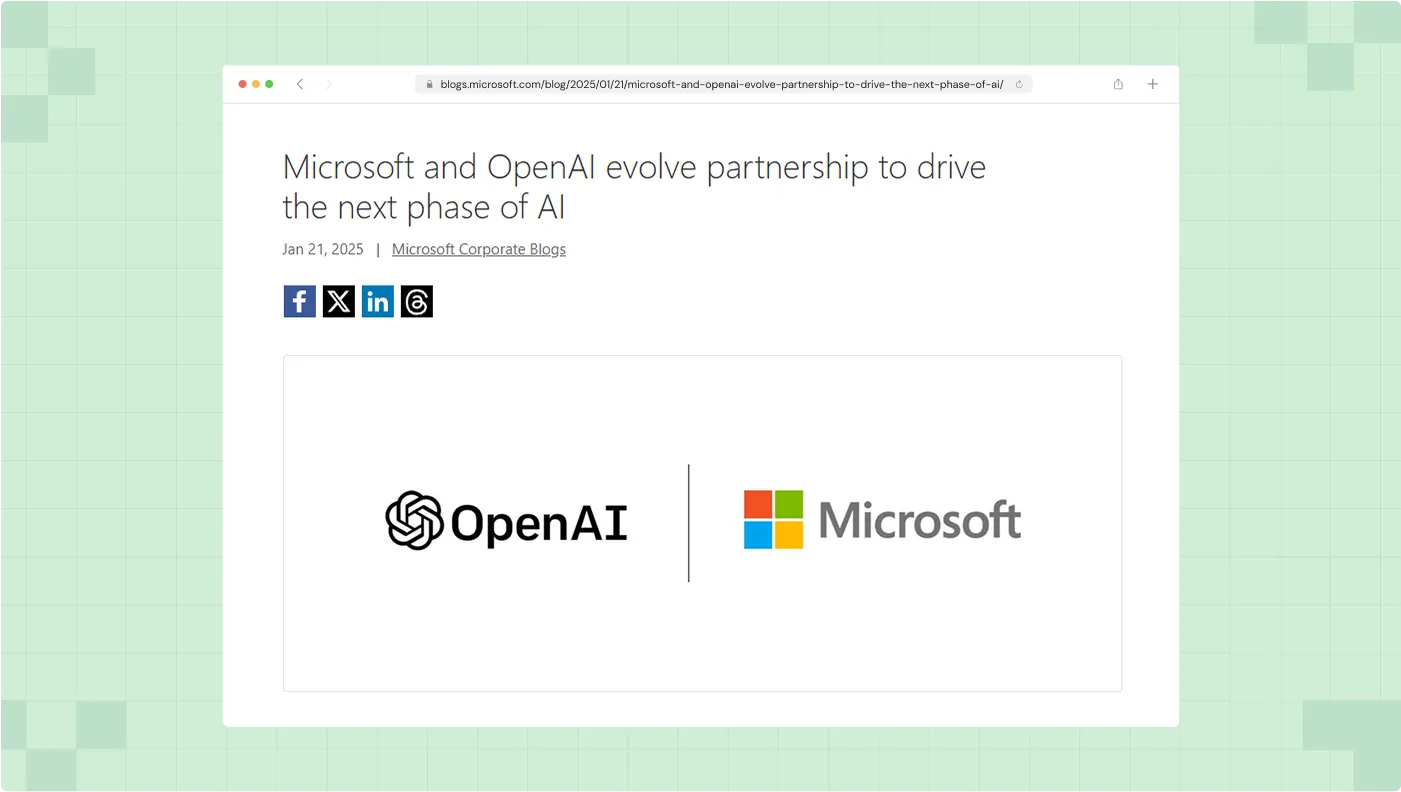
OpenAI's partnership with Microsoft didn't just provide funding and infrastructure—it gave OpenAI instant enterprise credibility. It transformed them from "interesting AI research company" to "enterprise-ready AI platform."
What’s next
- Partner with established players your customers already trust
- Co-create content and research with respected industry leaders
- Pursue integration partnerships with platforms your customers use
- Collaborate on joint marketing campaigns and events
How to measure B2B branding ROI?
Measuring the success of your B2B brand awareness strategy goes beyond vanity metrics. Here's what actually matters:
- LLM visibility: LLMs tend to recommend brands that appear frequently in their training data, essentially, the brands that have a strong online presence and industry recognition.
- Brand search volume: Monitor branded keyword searches and direct website traffic. Growing unprompted brand interest indicates your strategies are working.
- Share of voice: Measure your participation in industry conversations across social media, publications, and events. This shows whether your thought leadership efforts are gaining traction.
- Pipeline impact: Connect branding activities to actual deals by tracking brand-influenced leads, sales velocity, and deal size. This is where branding proves its revenue impact.
- Competitive positioning: Monitor win rates against specific competitors and pricing premiums you can command. Strong differentiation shows up in these metrics.
Speaking of ROI, if you're partnering with ThunderClap for your branding and web design, you can stay assured that you'll get a bang for your buck.
For example, we recently worked with ClearlyRated. They came to us wanting a website redesign. You'd think that would entail giving the site a new look, playing with colors and layouts, but we didn't stop there.
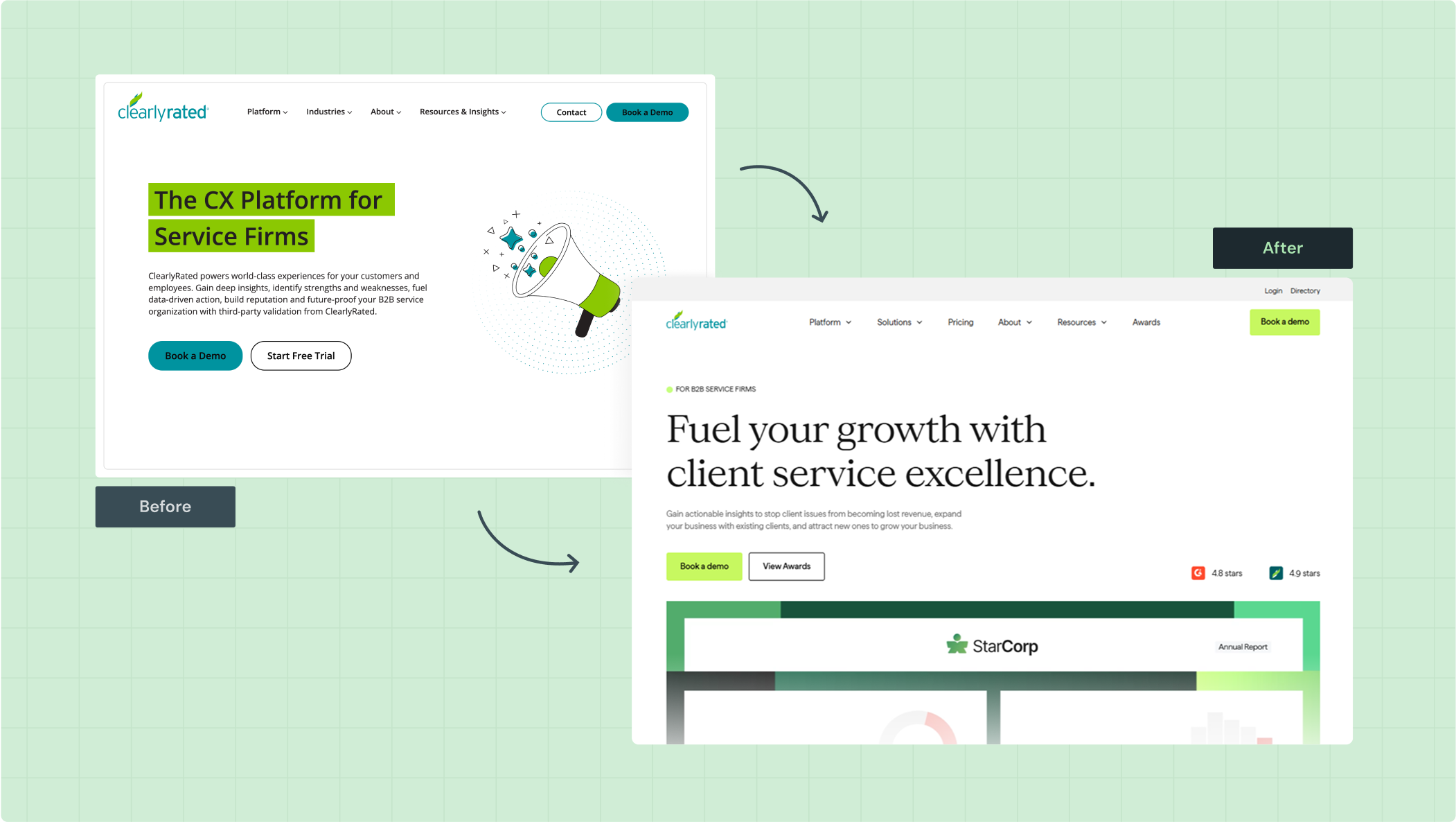
We spent time with their sales, marketing, and product teams. We helped them clarify their positioning and figure out what truly matters to their customers.
The whole thing took about eight weeks, and now they've got a site that works as hard as their sales team does.
If you're tired of websites that look pretty but don't drive results, let's talk. Book a call with us and we'll show you how strategic branding can transform your business.
Top B2B branding mistakes and how to fix them
Even with the best intentions, many B2B companies make critical branding errors that waste resources and confuse their market. Here are the most common mistakes and how to avoid them:
Partner with ThunderClap, an award-winnin
1. Treating branding as a cosmetic exercise
The biggest mistake B2B companies make is thinking branding equals a new logo, website redesign, or color palette refresh. This surface-level approach ignores the strategic foundation that makes brands truly powerful.
What this looks like:
- Spending months perfecting a visual identity while the messaging remains unclear
- Launching a "rebrand" that changes everything visually but nothing strategically
- Focusing on how you look instead of what you stand for
Why it fails: Visual identity without strategic positioning is just decoration. Your prospects care more about whether you understand their problems than whether your logo is trendy.
How to fix this: Start with strategy first. Define your positioning, value proposition, and differentiation before you touch any visual elements. Your brand identity should reflect your strategic positioning, not drive it.
2. Creating a false choice between brand and performance
Many B2B marketers get trapped in the "brand vs. performance" debate, believing they must choose between building long-term brand equity or driving immediate conversions.
What this looks like:
- "We can't measure brand impact, so let's focus only on lead generation."
- Cutting brand initiatives during budget tightening while doubling down on paid ads
- Running separate "brand" and "performance" campaigns that don't reinforce each other
Why it fails: You end up with the worst of both worlds—higher acquisition costs and lower customer lifetime value. Performance campaigns without brand context attract bargain hunters who choose based on price alone. These customers are expensive to acquire, quick to leave, and unlikely to refer others.
How to fix this: Integrate brand messaging into all performance campaigns. Every ad, email, and landing page should reinforce your positioning while driving conversions. Track both immediate and long-term impact.
3. Inconsistent brand experience across touchpoints
Your brand promise means nothing if it's not consistently delivered across every customer interaction, from marketing to sales to customer success.
What this looks like:
- Marketing promises one thing, sales says another, and customer success delivers something different
- Professional website but unprofessional sales materials
- Thought leadership content that doesn't align with actual product capabilities
Why it fails: Inconsistency breeds distrust. B2B buyers are already risk-averse, mixed messages make them even more cautious about choosing you.
How to fix this: Create brand guidelines that cover messaging, tone, and positioning across all departments. Regularly audit customer touchpoints to ensure consistency.
4. Playing it too safe with positioning
Many B2B companies choose generic positioning that offends no one but excites no one either. They end up blending into the competitive landscape instead of standing out.
What this looks like:
- Using industry buzzwords like "innovative," "scalable," or "best-in-class"
- Trying to appeal to everyone instead of owning a specific niche
- Avoiding controversial or opinionated stances on industry issues
Why it fails: Generic positioning makes you forgettable. When you sound like everyone else, prospects have no reason to choose you over competitors.
How to fix this: Take a clear position on what matters to your ideal customers. It's better to be loved by your target market and ignored by others than to be merely "acceptable" to everyone.
5. Expecting immediate results from brand investments
Branding is a long-term investment that compounds over time. Companies that expect quick wins often abandon effective strategies before they have time to work.
What this looks like:
- Launching thought leadership content and expecting immediate lead generation
- Changing brand strategy every quarter based on short-term performance
- Cutting brand budgets when they don't see immediate ROI
Why it fails: Brand equity builds gradually through consistent reinforcement. Strong brands become the "default choice" after months or years of consistent messaging and delivery.
How to fix this: Set realistic timelines for brand impact. Measure leading indicators like brand awareness, share of voice, and consideration alongside conversion metrics. Commit to consistent execution over at least 12-18 months.
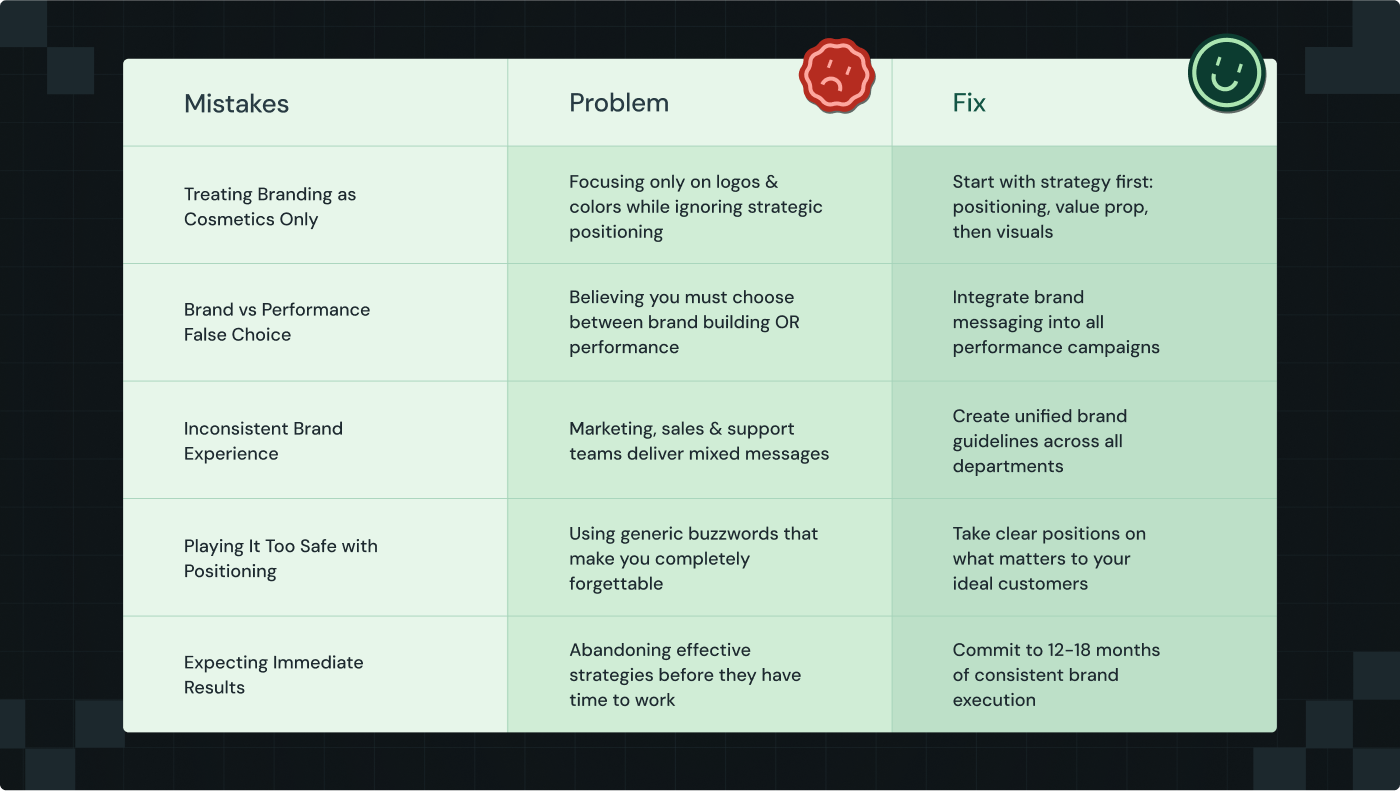
Need help executing your B2B brand strategy?
By now, you know everything there is to building winning b2b branding strategies. Let’s talk about execution!
If you’re starting with a website redesign to reflect your new positioning, you should know that it takes a village.
Think about it: you need conversion copywriters who understand B2B psychology, designers who can create compelling visuals that convert, developers who can build without breaking functionality, and strategists who can tie it all together cohesively.
That's where ThunderClap becomes your perfect execution partner.
We handle the entire brand-to-website transformation—from strategic messaging and conversion copywriting to design and Webflow development.
We’ve helped 129+ B2B brands like Amazon, Storylane, Razorpay, Z47, and ClearlyRated, transform their positioning into stunning websites that leave a lasting brand impression on every visitor.
Let us do the same for you. Book a demo with us today!
{{ctaBlock}}



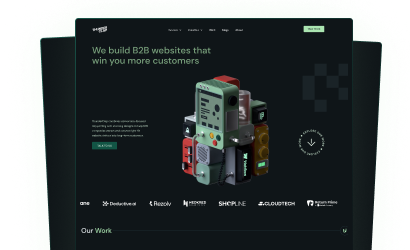

Browse Similar Articles




Interested in seeing what we can do for your website?





.webp)











.svg)

.png)









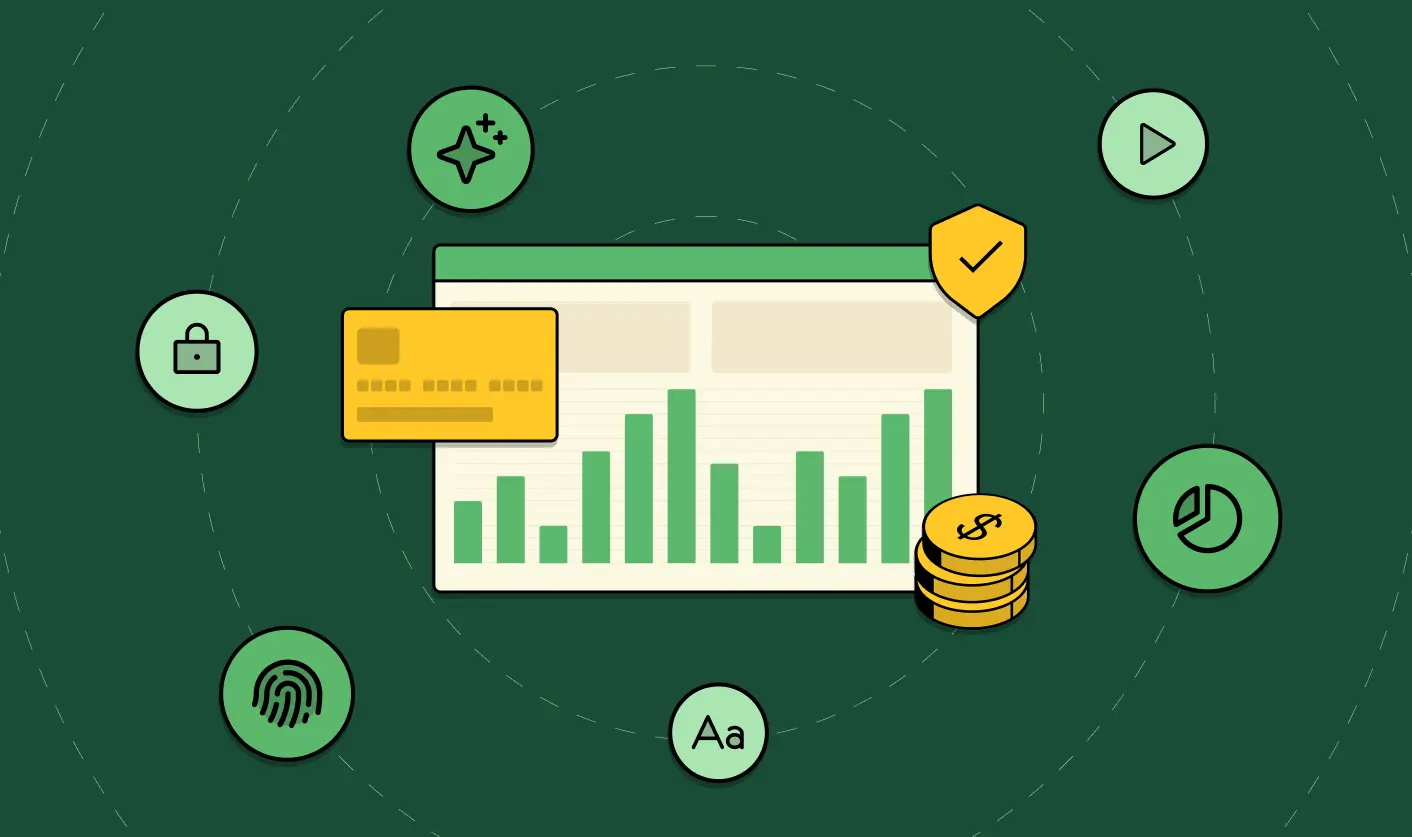


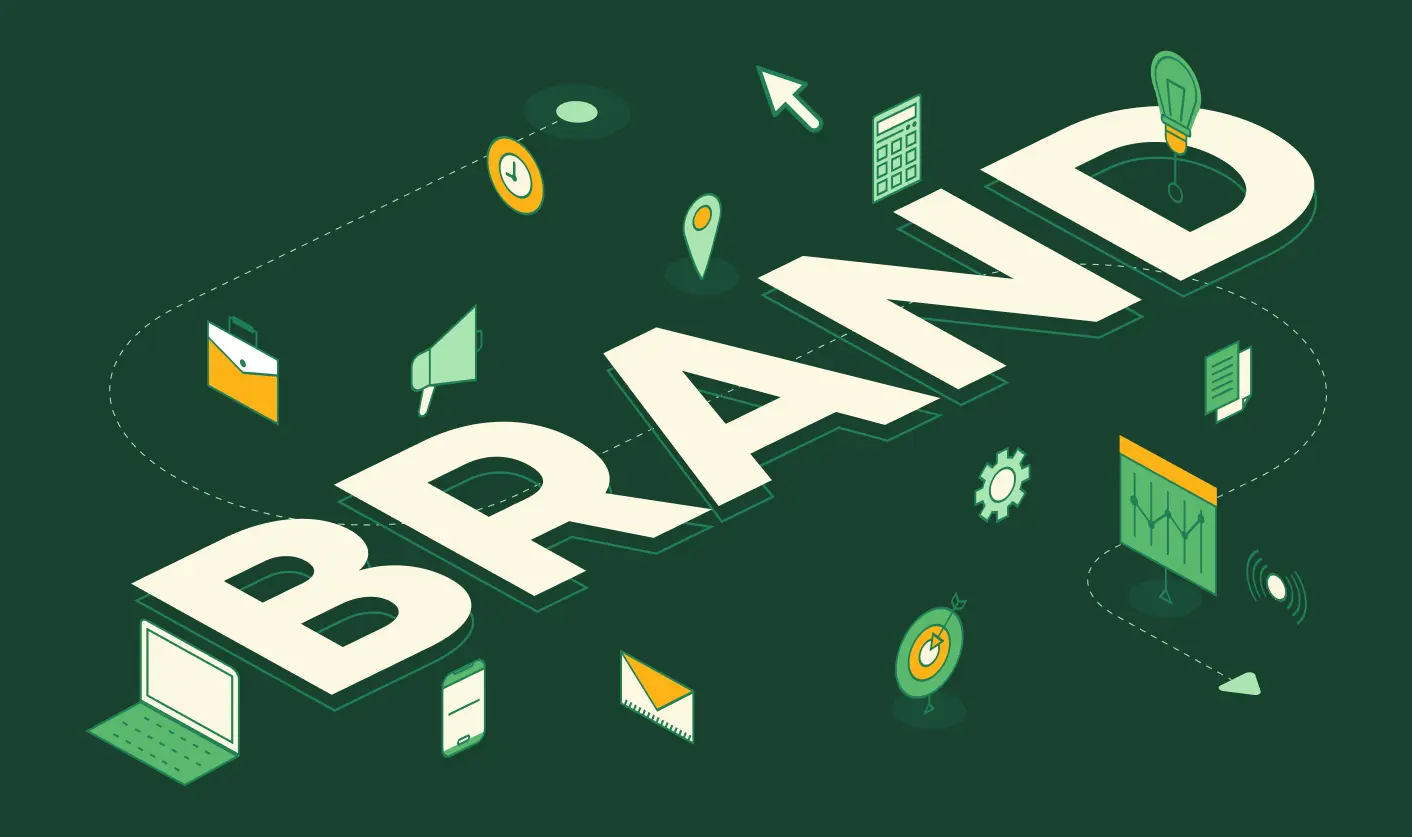









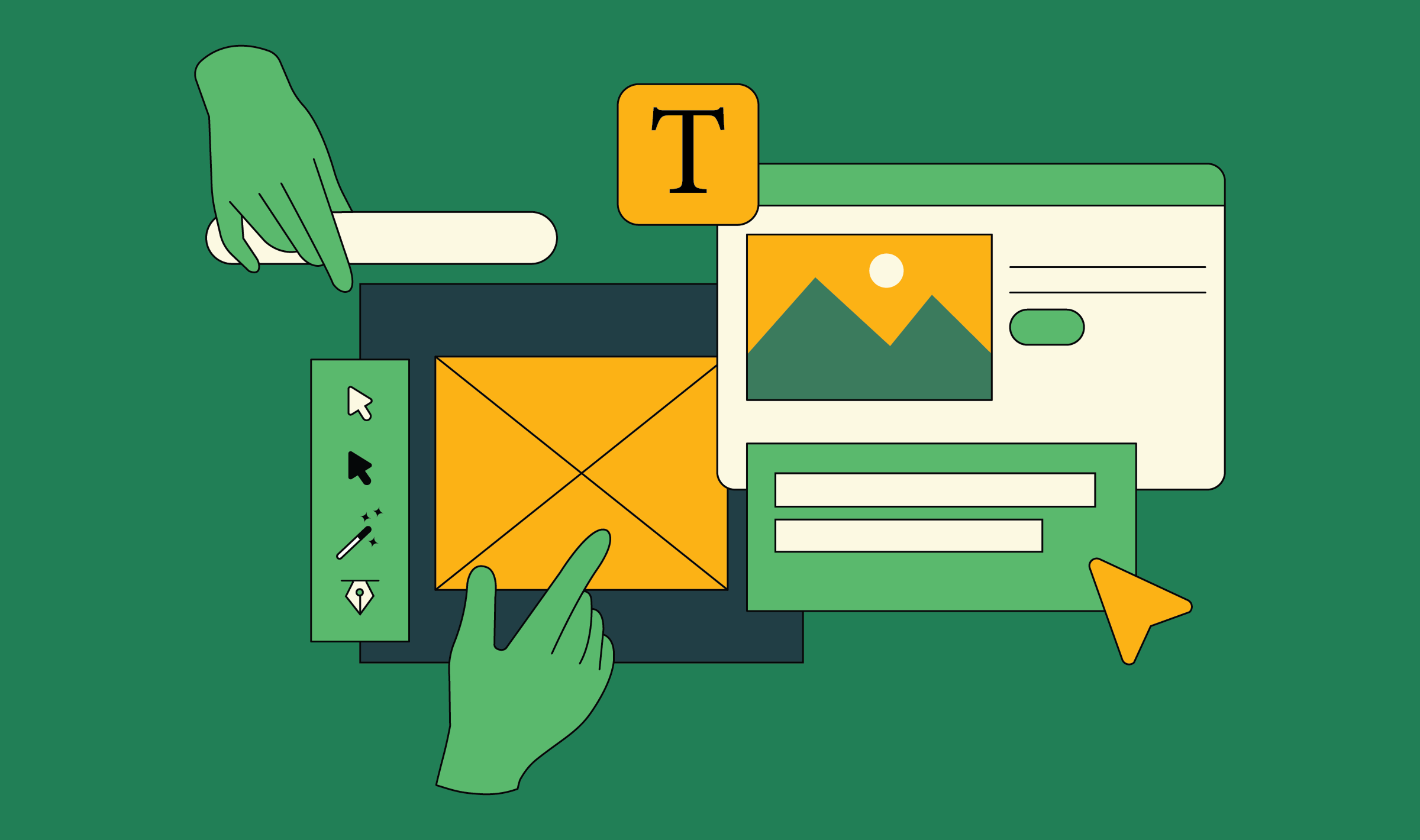


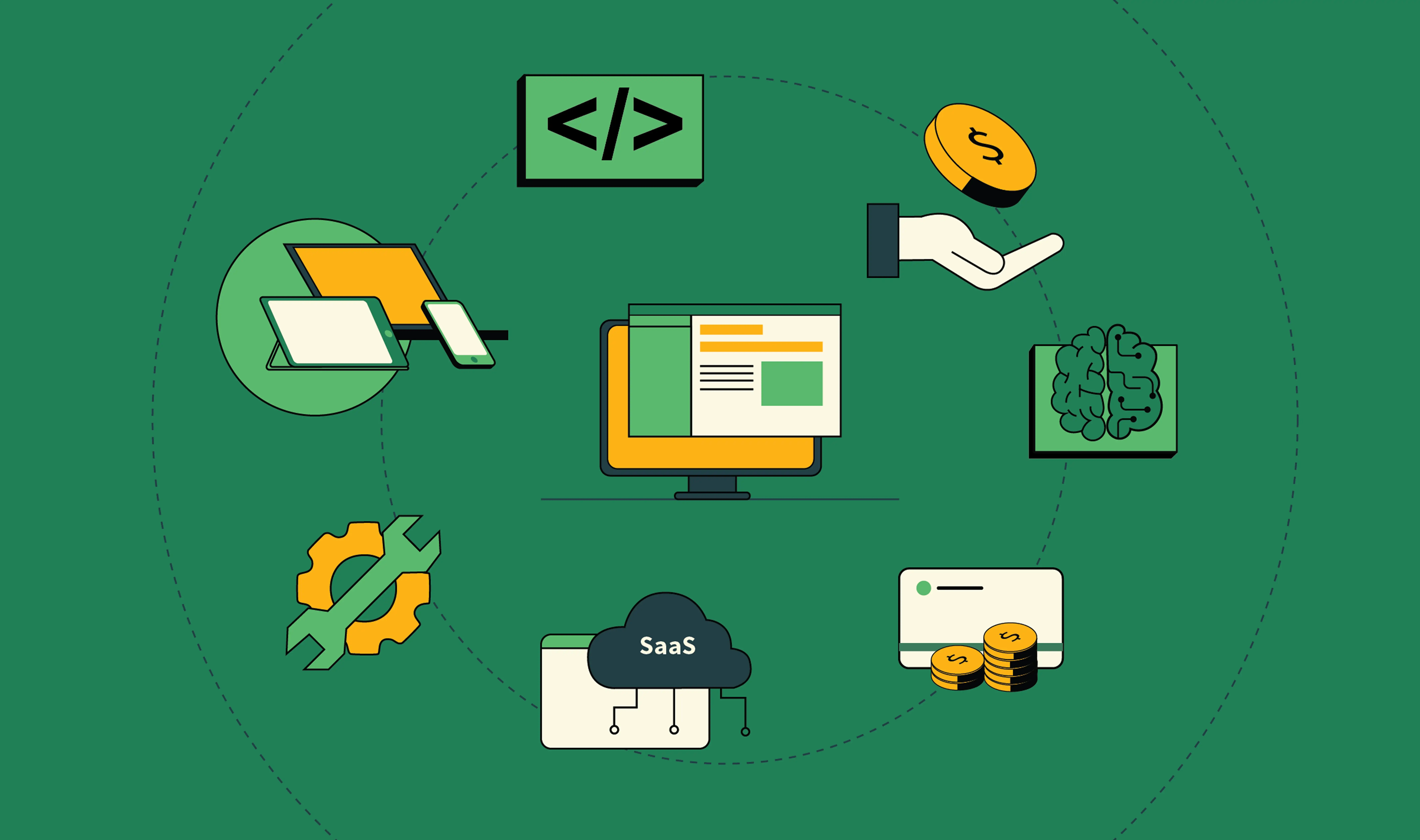



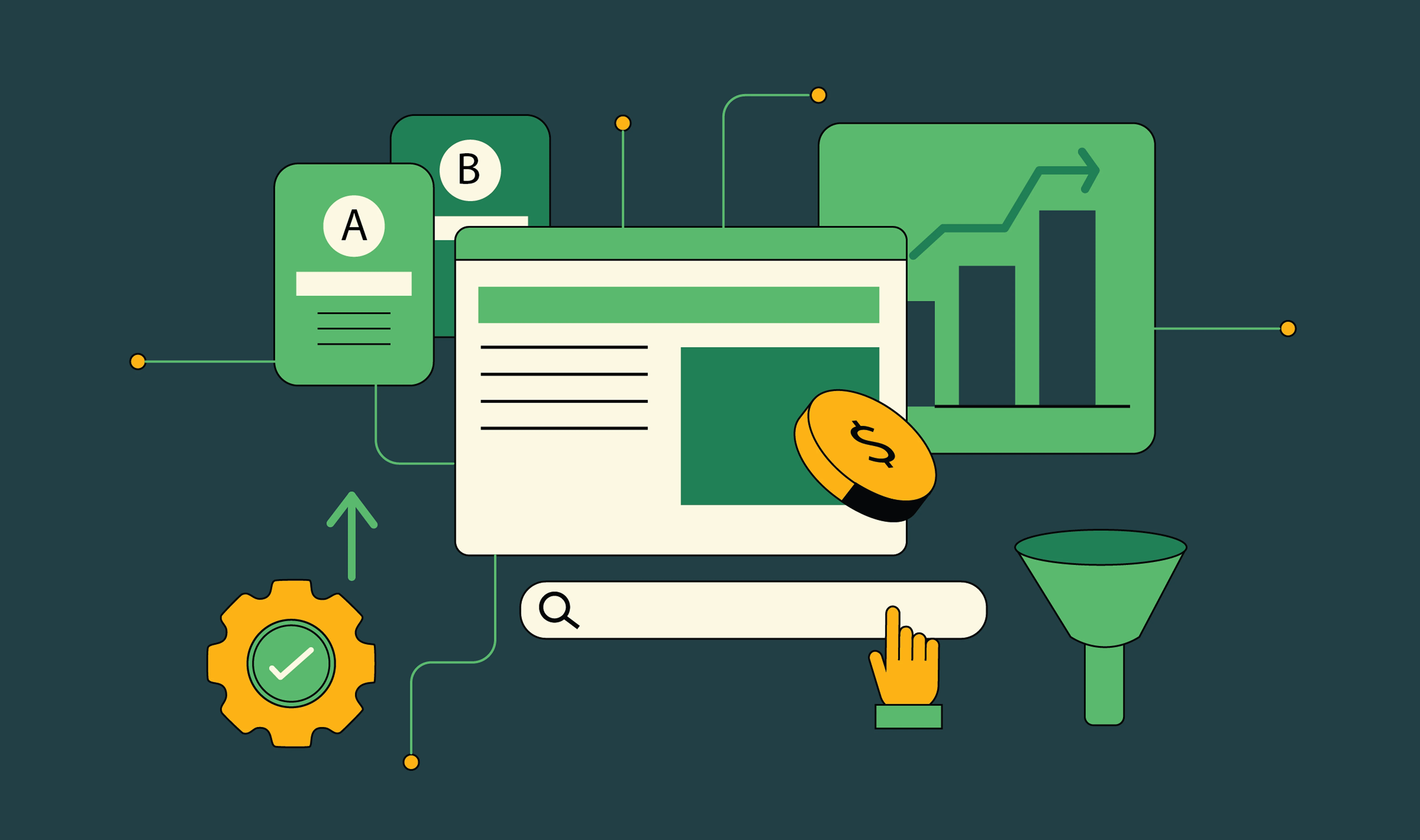









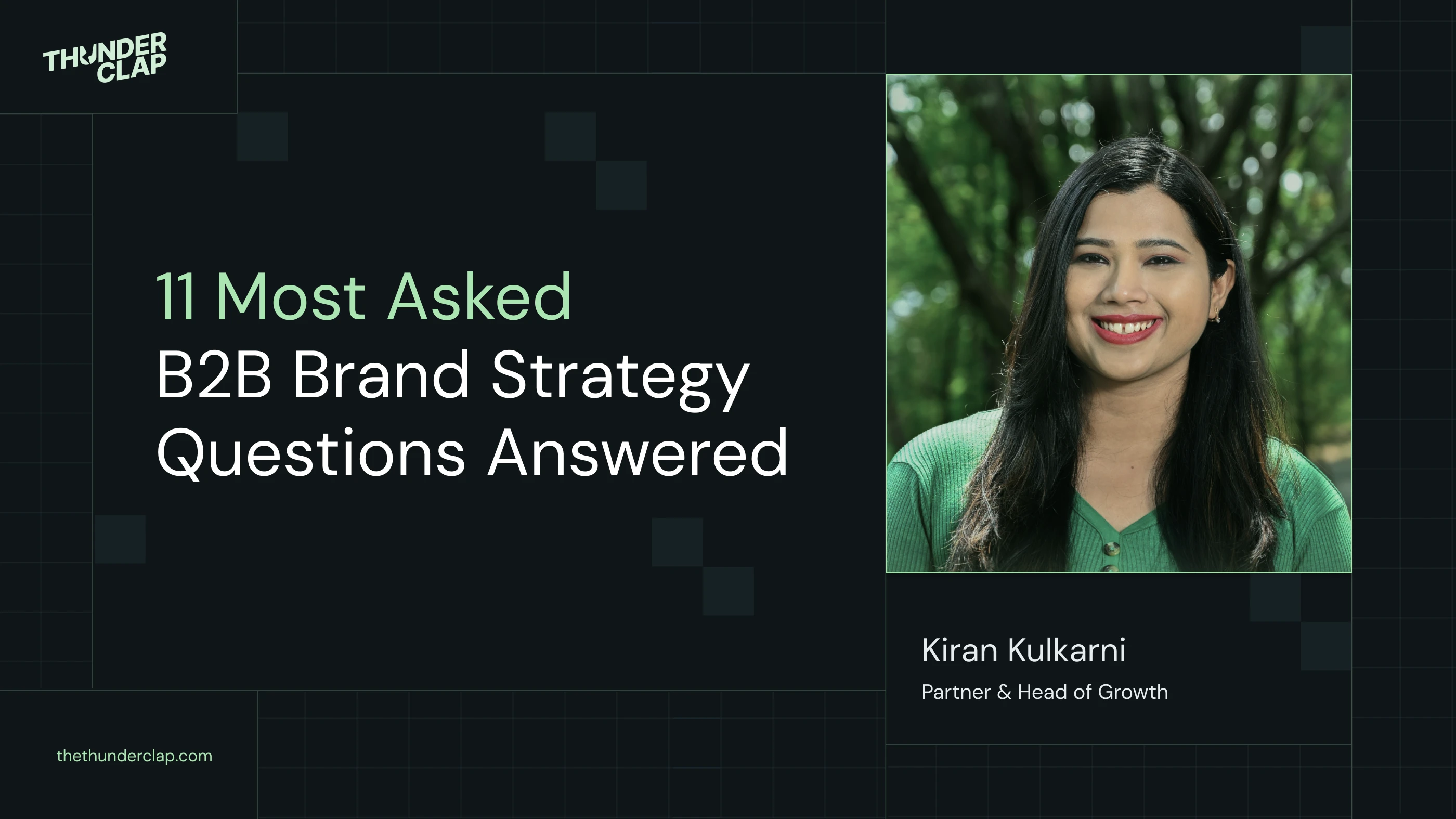

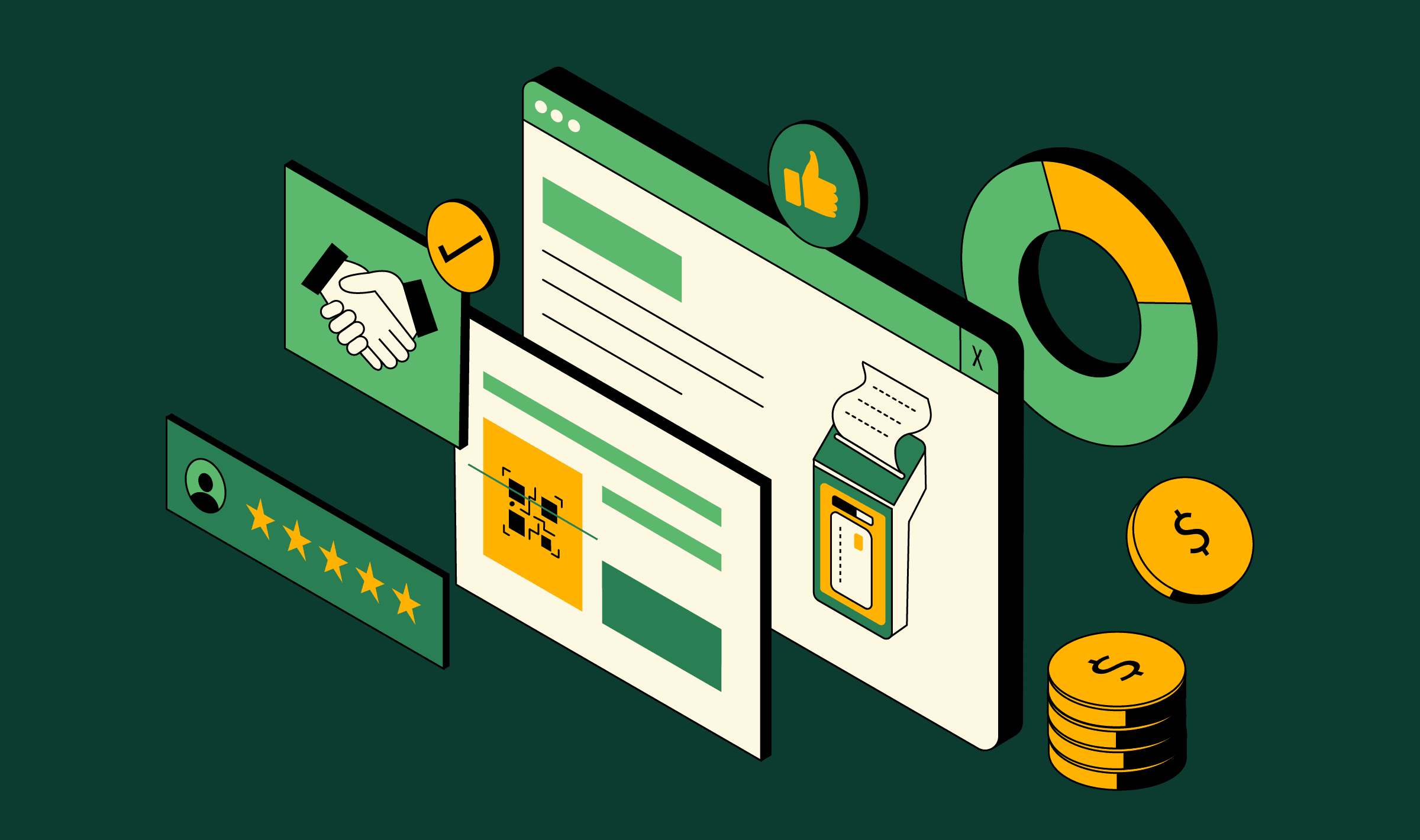












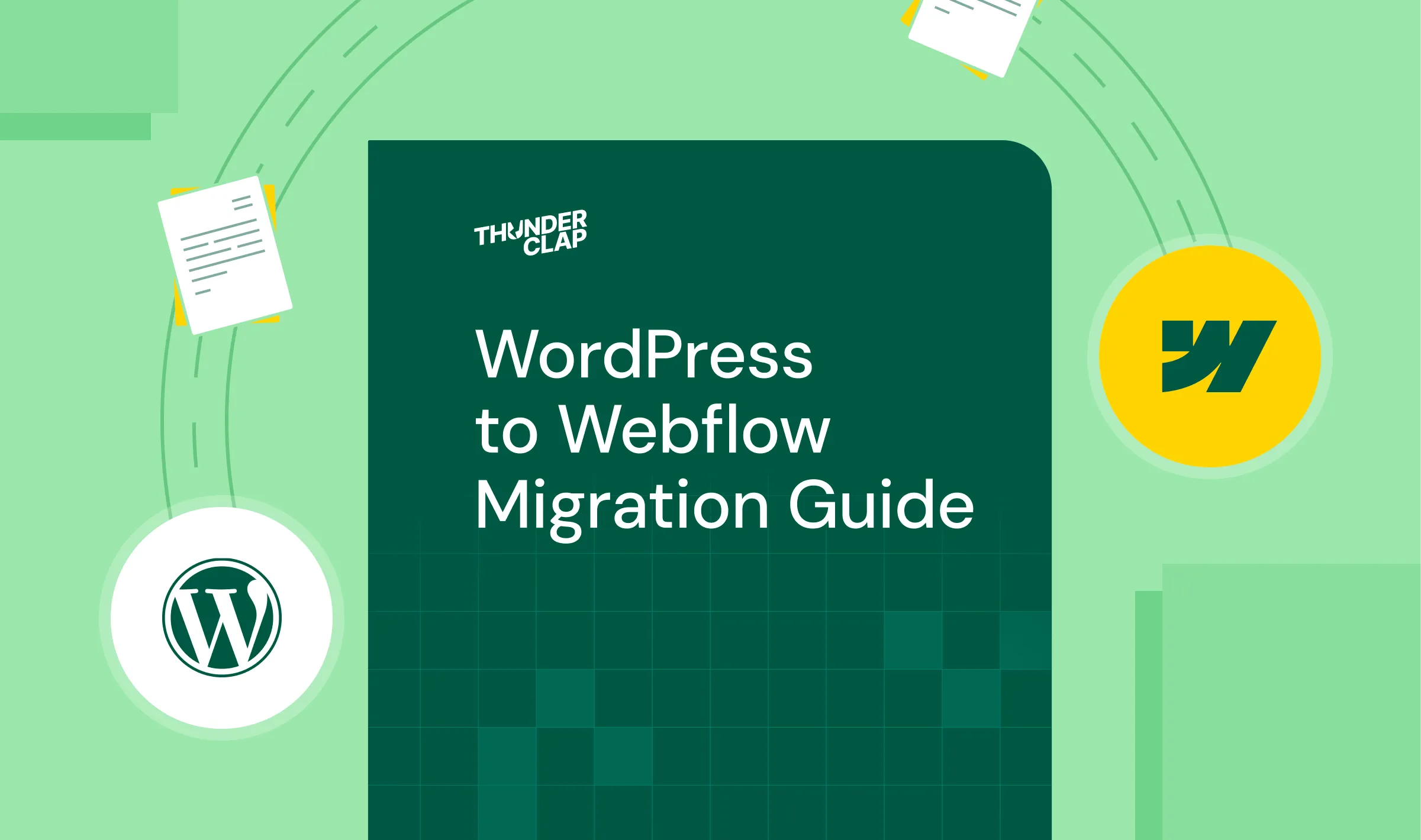















.png)